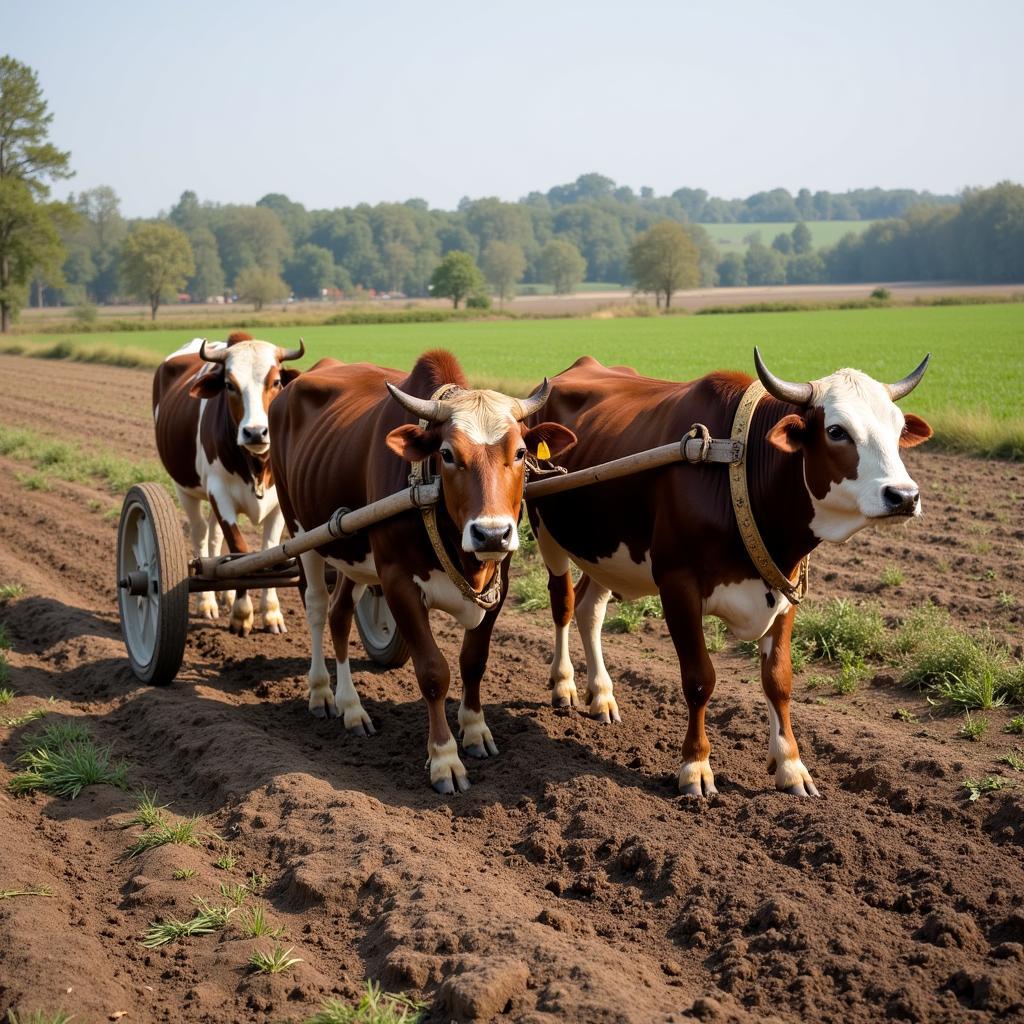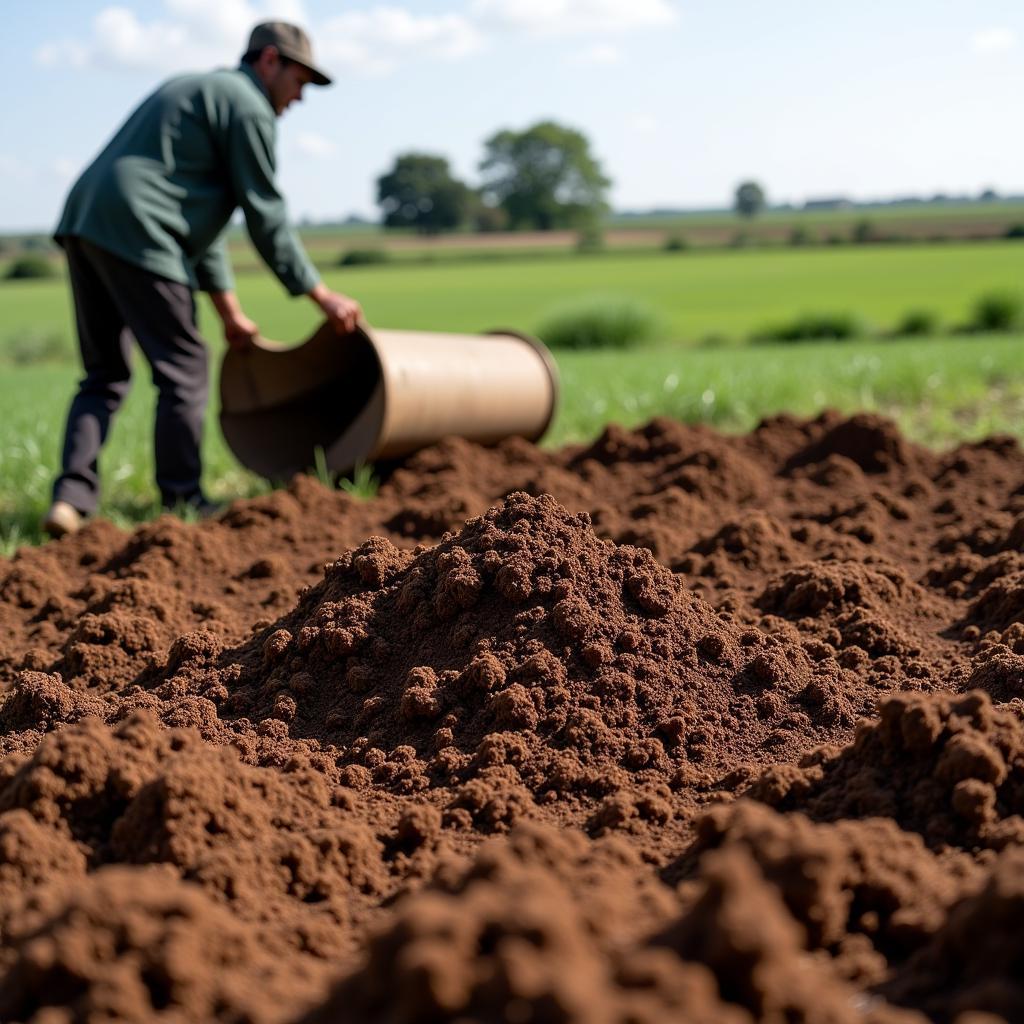Horticultural societies, known for their cultivation of plants for food, have long recognized the vital role animals play in boosting their agricultural output. This symbiotic relationship between humans and animals in horticultural practices is deeply intertwined, with each benefiting from the other’s presence. But how exactly do these societies harness the power of animals to enhance their food production?
Animal Labor: The Backbone of Horticultural Efficiency
One of the most significant contributions of animals to horticultural societies is their physical strength.  Animals providing labor in horticulture Draft animals, such as oxen, donkeys, and horses, have been indispensable in plowing fields, a task that would be incredibly labor-intensive and time-consuming for humans alone. This animal-powered plowing not only prepares the land for planting but also helps control weeds, ultimately leading to healthier crops and higher yields.
Animals providing labor in horticulture Draft animals, such as oxen, donkeys, and horses, have been indispensable in plowing fields, a task that would be incredibly labor-intensive and time-consuming for humans alone. This animal-powered plowing not only prepares the land for planting but also helps control weeds, ultimately leading to healthier crops and higher yields.
Beyond plowing, animals also play a crucial role in transporting harvested crops. Imagine farmers carrying baskets laden with fruits and vegetables over long distances – a strenuous and inefficient method. Instead, animals like donkeys and llamas serve as reliable beasts of burden, efficiently transporting these goods from the fields to storage areas or markets. This ease of transportation is vital for preserving the quality of perishable goods and getting food to where it’s needed most.
Beyond Muscle: Animals as Natural Fertilizers and Pest Control
The benefits of animals in horticultural societies extend far beyond their physical capabilities. They are, in essence, natural recyclers, transforming plant matter into valuable manure. This manure acts as a potent fertilizer, enriching the soil with essential nutrients that are crucial for plant growth and productivity.  Manure as fertilizer in horticulture Using animal manure also reduces the reliance on synthetic fertilizers, promoting more sustainable and environmentally friendly farming practices.
Manure as fertilizer in horticulture Using animal manure also reduces the reliance on synthetic fertilizers, promoting more sustainable and environmentally friendly farming practices.
Furthermore, certain animal species act as natural pest control agents. Chickens, for example, are known to forage for insects, many of which are detrimental to crops. This natural form of pest management helps to minimize crop damage, leading to higher yields and reducing the need for harmful pesticides. Ducks, too, play a similar role, particularly in paddy fields where they consume insects and weeds that can hinder rice production. This integrated approach to pest control not only benefits food production but also contributes to a healthier ecosystem.
Conclusion: A Harmonious Partnership for Sustainable Food Production
The integration of animals in horticultural societies is a testament to the ingenuity and understanding these communities possess about the interconnectedness of nature. By utilizing animal labor, manure, and natural pest control capabilities, horticultural societies can accelerate their food production in a sustainable and eco-friendly manner. This harmonious partnership between humans and animals underscores the importance of working with nature, rather than against it, to ensure food security and a thriving ecosystem for generations to come.